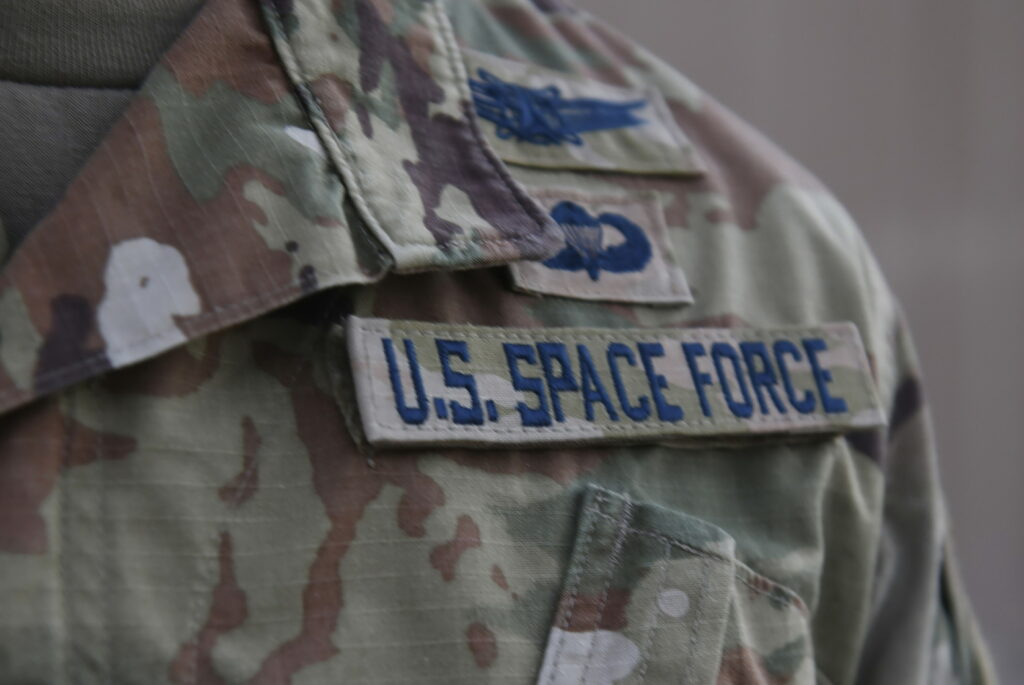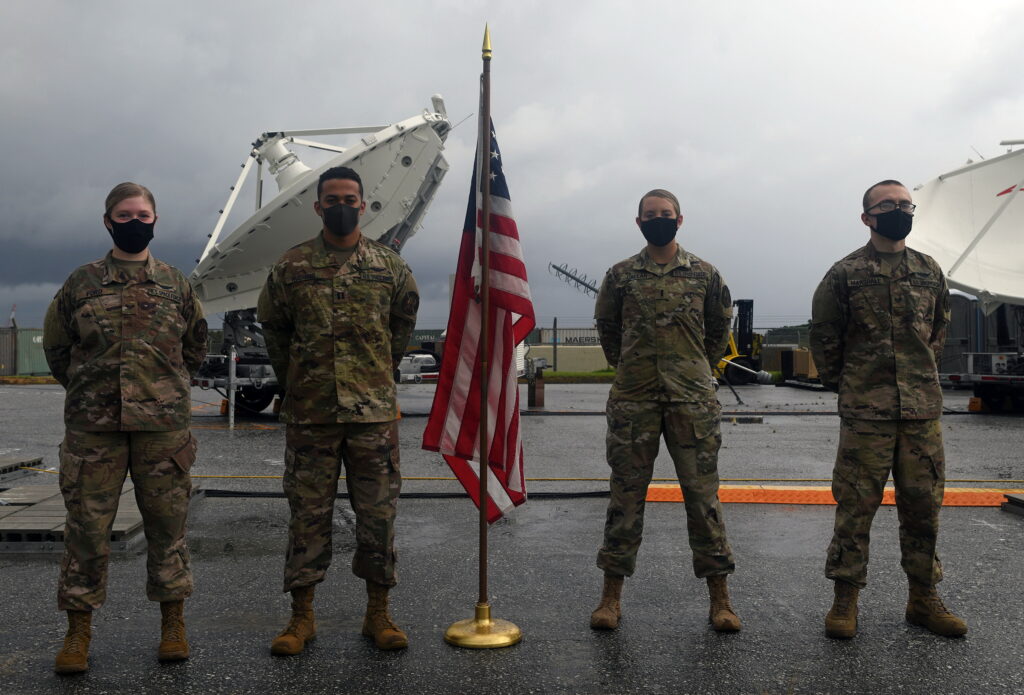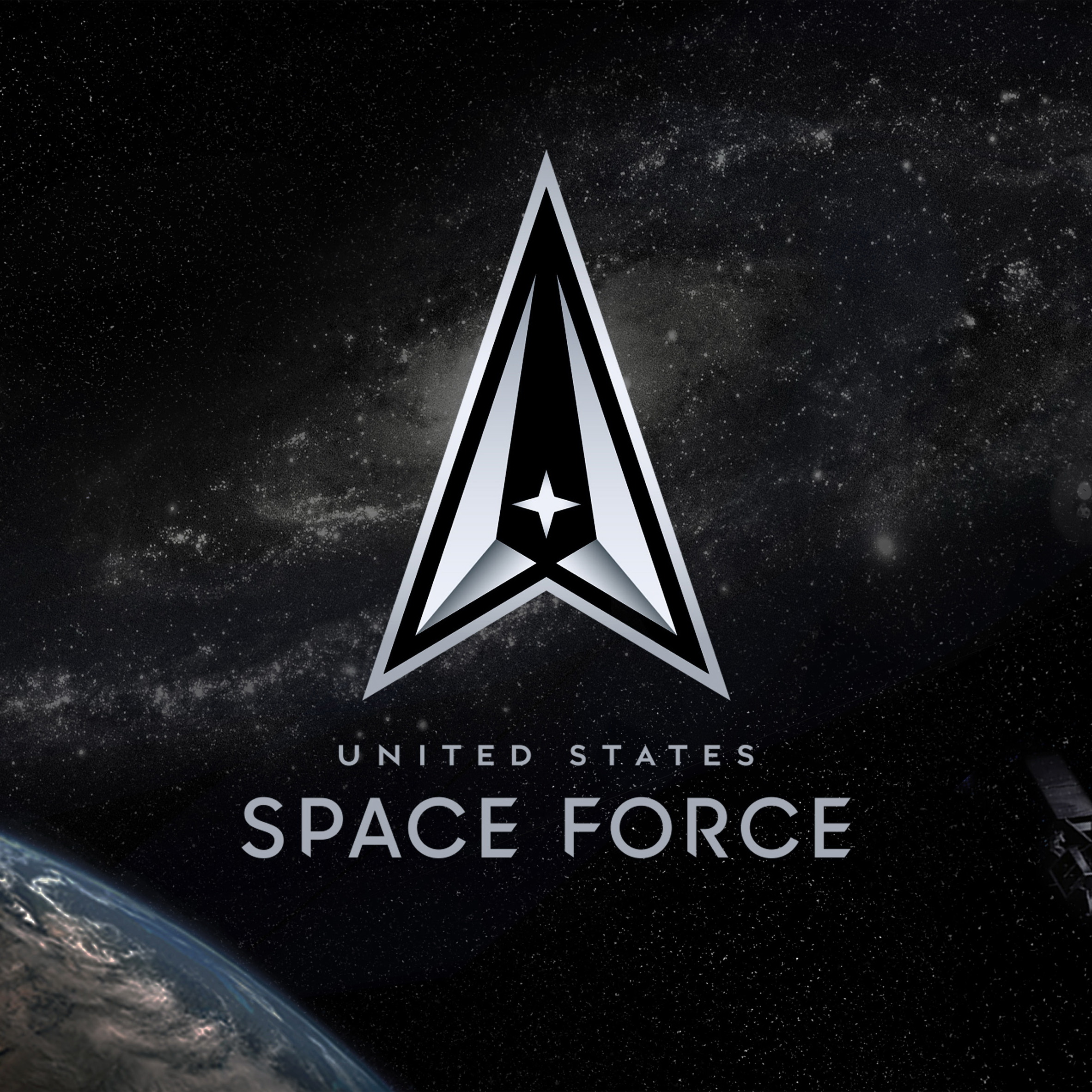The Purpose of Establishment of the United States Space Force
The Space Force was signed into law on Dec. 20, 2019, as part of the 2020 National Defense Authorization Act. SpaceForce.mil went live shortly thereafter. On June 18, 2018, President Donald Trump directed the Pentagon to begin planning for a United States Space Force: a 6th independent military service branch to undertake missions and operations in the rapidly evolving space domain.

The Beginning of a New Military Service
The U.S. Space Force (USSF) would be the first new military service in more than 70 years, following the U.S. Air Force’s establishment in 1947. Vice President Mike Pence and the Department of Defense released more details about the planned force on Aug. 9, 2018, citing plans to create a separate military command, U.S. Space Command, in addition to an independent service overseen by a civilian secretary, all by 2020.

Does the United States Need the United States Space Force?
The Department of Defense forwarded a Space Force proposal to Congress on March 1, 2019, calling for a service that would fall under the Air Force in the same way the Marine Corps falls under the Navy Department. The proposal also included the designation of a new position: Undersecretary of the Air Force for Space, a civilian position that would answer to the secretary of the Air Force and oversee the U.S. Space Force. Officials estimated creating a new service would cost $2 billion over five years and require 15,000 personnel: the first generation of military space professionals.

On Aug. 29, 2019, the Pentagon activated U.S. Space Command, a new U.S. combatant command led by Air Force Gen. John “Jay” Raymond, intended to serve as a precursor to the U.S. Space Force. The Armed Forces had a U.S. Space Command from 1985 to 2002, but it had a far more limited scope and was not a geographic combatant command. Unlike NASA, the task of the USSF is not to explore and research outer space, but instead develop the United States’ military space capabilities (such as those relating to military intelligence satellites, missile guidance, and defense systems) and implement new defensive space systems.

0 Comments